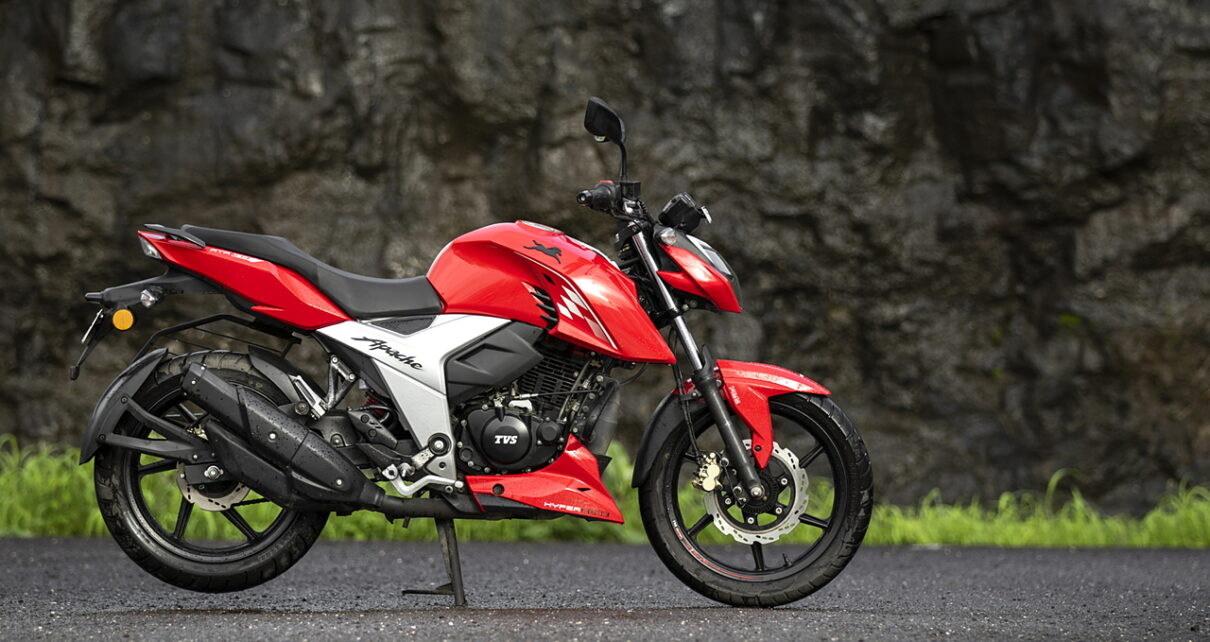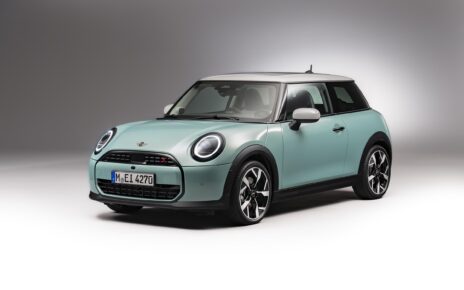When shopping for a used motorcycle, one factor that often grabs attention is mileage. Many buyers are drawn to low-mileage used motorcycles because they assume fewer miles mean better condition and longer life. But is a low-mileage motorcycle really worth the higher price that often comes with it? In this blog, we’ll explore the pros and cons of buying a low-mileage used motorcycle, discuss the impact of mileage on a bike’s condition, and provide tips for making an informed purchase.
What Does Low Mileage Mean for a Used Motorcycle?
In the world of motorcycles, mileage is one of the key indicators of how much wear and tear the bike has endured. While cars can easily rack up 100,000 miles or more, motorcycles typically have a shorter lifespan in terms of mileage due to their more compact engines and specialized usage.
A low-mileage used motorcycle is generally considered to be one that has significantly fewer miles than average for its age. For instance, a five-year-old motorcycle with less than 10,000 miles on the odometer would be considered low mileage, compared to the average 3,000 to 5,000 miles per year most motorcycles accumulate.
The Appeal of Low-Mileage Bikes
- Perceived Better Condition: Many buyers assume that fewer miles on the odometer mean the motorcycle has been ridden less and is, therefore, in better mechanical condition.
- Longer Lifespan: A bike with low mileage might be seen as having a longer remaining lifespan, meaning the buyer can enjoy more years of riding before major repairs or replacements are needed.
- Resale Value: Low-mileage bikes often hold their value better than higher-mileage models, making them more attractive to potential future buyers if you decide to sell the motorcycle down the road.
Pros of Buying Low-Mileage Used Motorcycles
1. Less Wear and Tear
The biggest advantage of buying a low-mileage used motorcycle is that it typically has experienced less wear and tear compared to higher-mileage models. The engine, transmission, suspension, and tires are likely to be in better condition, meaning the bike will require fewer immediate repairs and should offer a smoother, more reliable ride.
Key Benefits:
- Engine Health: With fewer miles, the engine is less likely to have suffered from significant wear. Parts like pistons, valves, and gaskets should be in better shape, reducing the risk of expensive engine repairs in the near future.
- Brakes and Tires: Lower mileage often means that consumable components like brakes and tires are less worn, meaning you won’t have to replace them as quickly.
- Suspension and Frame: With fewer miles, there is usually less stress on the suspension system and frame. This means you’re less likely to encounter issues like worn shocks or cracks in the frame, which can be costly to fix.
2. Potential for Longer Lifespan
A low-mileage motorcycle often suggests that the bike has a longer remaining lifespan. For buyers looking for a long-term purchase, this can be a key advantage, as you’re less likely to need major repairs or a replacement bike in the near future.
Key Benefits:
- Longevity: A motorcycle with fewer miles is likely to last longer than one that’s been heavily ridden. If properly maintained, a low-mileage bike can offer years of reliable service.
- Fewer Repairs: Since the bike has experienced less wear, it’s less likely to require major repairs in the short term, saving you money on maintenance and repairs over time.
3. Higher Resale Value
Low-mileage motorcycles tend to retain their value better than their high-mileage counterparts. If you plan to sell the bike in the future, you’ll likely find that it holds its value more effectively, making it easier to sell at a higher price.
Key Benefits:
- Easier Resale: Should you decide to sell your motorcycle later, a low-mileage bike is likely to attract more buyers and command a higher price than a high-mileage bike.
- Better Return on Investment: Even though you might pay a premium upfront for a low-mileage motorcycle, the higher resale value could mean you get a better return on investment when you eventually sell the bike.
Cons of Buying Low-Mileage Used Motorcycles
While there are clear advantages to buying low-mileage used motorcycles, there are also some potential downsides to consider before making your purchase. A low-mileage bike isn’t always the best choice, and in some cases, it could end up costing you more in the long run.
1. Higher Purchase Price
One of the most obvious downsides to buying a low-mileage motorcycle is the higher purchase price. Because these bikes are in higher demand, sellers often charge a premium for them, which can make them significantly more expensive than higher-mileage models of the same year and make.
Key Drawbacks:
- Premium Pricing: Expect to pay more for a low-mileage motorcycle, sometimes thousands of dollars more than a similar model with higher mileage.
- Less Value for Money: Depending on how you plan to use the bike, the premium price might not be justified. If you’re only going to put a few thousand miles on the bike per year, the extra cost might not be worth it.
2. Potential for Neglect or Lack of Use
Just because a motorcycle has low mileage doesn’t mean it’s been well-maintained. In some cases, a low-mileage bike may have been sitting idle for long periods, which can actually lead to certain maintenance issues. Motorcycles that aren’t ridden regularly may develop problems with rust, corrosion, or dried-out seals.
Key Drawbacks:
- Lack of Maintenance: A low-mileage bike might have been sitting unused for long periods without proper maintenance. Issues like old oil, rust, or stale fuel can negatively affect performance.
- Seals and Gaskets: Rubber components like seals and gaskets can dry out and crack when a motorcycle isn’t ridden regularly. This can lead to oil leaks or engine issues, requiring repairs.
- Tire Wear: Even if the mileage is low, the tires may have aged out and developed cracks or dry rot from sitting in one spot for too long.
3. Availability of Parts and Service for Older Models
If you’re buying an older low-mileage bike, you might face challenges when it comes to finding parts or service for it. Older models can be harder to maintain simply because replacement parts are less common or the manufacturer no longer produces them.
Key Drawbacks:
- Limited Parts Availability: If the motorcycle is several years old, finding replacement parts can be more difficult and expensive.
- Potential for Obsolete Technology: Older low-mileage motorcycles may lack modern technology and safety features, such as ABS or traction control, which can impact your riding experience and safety.
Making an Informed Decision
Deciding whether to pay extra for a low-mileage used motorcycle depends on several factors, including your budget, how you plan to use the bike, and your long-term goals for ownership. Here are some tips to help you make the best decision:
1. Consider Your Riding Habits
If you’re planning to put a lot of miles on the motorcycle, paying extra for low mileage may make sense. However, if you’re only going to use the bike for occasional weekend rides, a higher-mileage option might provide better value.
2. Get a Thorough Inspection
Before committing to a low-mileage bike, have a trusted mechanic inspect it. They can identify any potential issues caused by lack of use, such as dried-out seals or old fluids, and give you an idea of what repairs may be needed.
3. Weigh the Price Against Condition
A low-mileage motorcycle in excellent condition may be worth the higher price, but be cautious if the bike has been sitting idle for long periods. Compare the cost of the bike with the expected cost of any necessary repairs or maintenance.
4. Compare with Higher Mileage Models
Don’t dismiss higher-mileage motorcycles outright. Some bikes with higher mileage have been meticulously maintained and are in excellent condition. Compare a few options before making a decision to ensure you’re getting the best value for your money.
Conclusion
Low-mileage used motorcycles often come with a higher price tag, but they can also offer significant advantages, such as less wear and tear, a longer lifespan, and better resale value. However, it’s important to weigh these benefits against potential downsides, such as higher upfront costs and the risk of maintenance issues due to lack of use.
By carefully considering your riding habits, budget, and the condition of the bike, you can make an informed decision about whether a low-mileage used motorcycle is worth the investment. Whether you choose a low-mileage model or opt for a well-maintained higher-mileage bike, the key is to find a motorcycle that meets your needs and provides a reliable, enjoyable riding experience.





